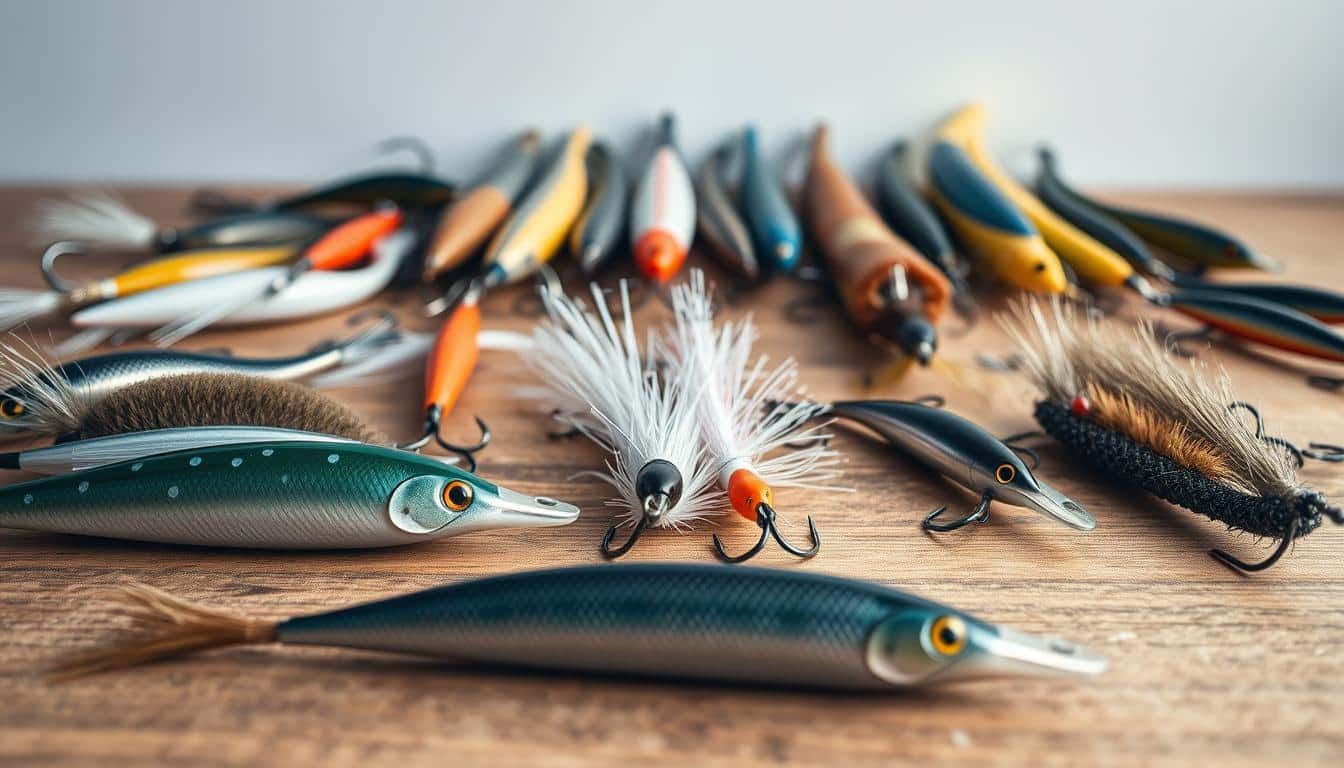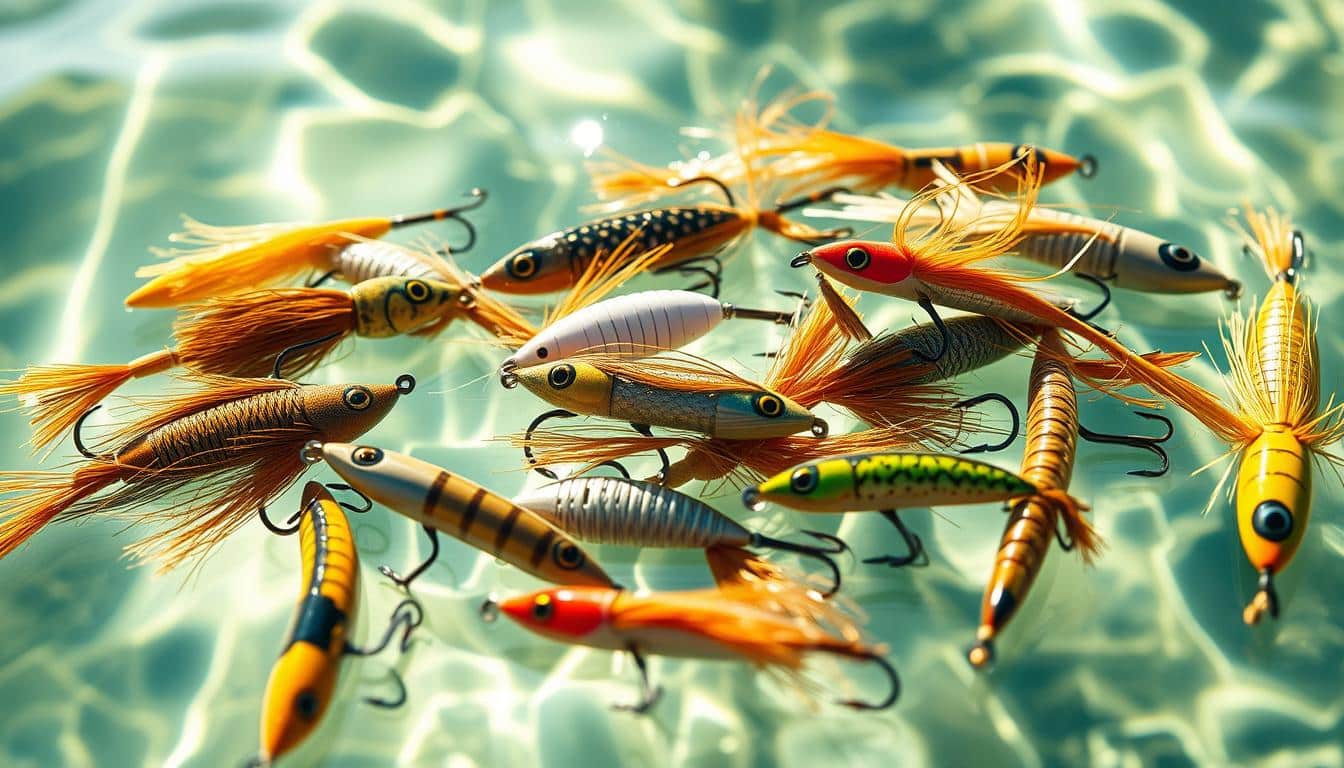Ocean plastic stats are alarming. About 370 million tons of plastic are produced globally each year. And roughly 8 million metric tons of it end up in the ocean yearly. That’s like dumping a truckload of plastic into the ocean every minute. Sadly, very little of it gets recycled. Most end up in landfills, rivers, and oceans.
Marine wildlife and fisheries suffer from this debris. Around 70% of the plastic sinks to the ocean floor. What we see floating is just a tiny part of it. Over time, plastic turns into microplastics, posing long-term dangers to sea life and humans who rely on them.
To anglers and coastal towns, saving fish involves more than setting fishing limits. It also means cutting down on single-use plastics and choosing plastic-free fishing habits. This helps keep the water and coasts clean and fish populations healthy. Companies like AFTCO are leading the way, choosing recycled materials and cleaner operations to make a difference.
Every person can help. Say no to disposable cups and bags, and yes to reusable items. Joining or starting community cleanups makes an even bigger impact. Working together, we can see real changes in our waters.
Choosing plastic-free fishing is smart and caring. By countering ocean pollution, we safeguard our fish, enjoy nature responsibly, and protect coastal economies. This ensures a brighter future for everyone.
Why Plastic-Free Fishing Matters for Conservation
Fishing communities are now facing a big problem. Plastic waste is moving from shorelines into deeper waters and the seafloor. The stats are clear: millions of tons of plastic end up in the ocean each year. Daily habits that include single-use plastic make things worse. When anglers choose better practices, they help reduce pollution and keep the habitat safe for future seasons.
Key statistics that underscore urgency
The NOAA’s stats show about 8 million metric tons of plastic enter the ocean every year. That’s like a dump-truck full of plastic dumping into the sea every minute. While we see some debris on the surface, about 70% of it sinks to the bottom or moves into deeper waters.
Each year, more than 370 million tons of plastics are produced worldwide. About half of this is single-use plastic, which isn’t recycled much. This results in a lot of plastic entering our oceans and freshwater systems from consumer waste.
How this connects to anglers and fisheries
Plastic in our waters is a big problem for fish. Nearly 700 marine species and over 50 freshwater species suffer because they eat or get caught in plastic. Lost fishing gear keeps killing fish and damaging their homes. Tiny bits of plastic, called microplastics, even make their way through the food chain.
- Anglers can make a difference by using less single-use plastic on their fishing trips.
- Guides and outfitters can lead by example by using gear that can be reused.
- Community efforts to clean up and manage fishing gear can protect the fish we love for a long time.
How Ocean Plastics Harm Marine Life and Fisheries
Plastic waste is bad for ocean life and the fishing industry. Research shows fish, turtles, and birds suffer from eating plastic or getting caught in it. This not only harms these animals but also affects fisheries that people depend on for their jobs.

Ingestion and entanglement impacts on target species
Many marine and freshwater species suffer from plastic. They get caught in old fishing nets or eat large plastics. NOAA says about ten percent of ocean trash is old fishing gear. This gear hurts animals and damages places where fish live and grow.
Eating plastics can block animals’ stomachs and lead to death. Getting tangled up can cause serious injuries or even drown them. This means fishers catch fewer fish, affecting their livelihood.
Microplastics and the food chain
Big plastic pieces break down into microplastics, which small sea creatures end up eating. This starts a chain where the plastics move up, getting into bigger fish. It results in higher plastic amounts in fish at the top of the food chain.
Microplastics are also found in fish sold for food, making us worry about what we’re eating. Studies on how these plastics affect animals and people are ongoing. People who fish for fun or study can help by sharing what they find about plastics in the water.
Sources of Plastic Pollution Relevant to Fishing Communities
Fishing communities fight plastic pollution from different sides. Items like disposable plastics end up in the sea from the land, and gear like nets can get lost in the water. Taking steps on boats, at ports, and on land can help stop this and save our fisheries.

Refuse, reduce, reuse on the water
Fishermen and guides can say no to single-use items and bring less by using longer-lasting gear. They can use reusable water bottles and join programs that encourage refills and sell tough bottles. Sometimes, single-use items are only given out when it’s really needed or required.
Simple rules like discounts for bringing your own mug and setting up refill stations can make refusing and reusing normal. These efforts mean less single-use trash leaves the ports.
Fishing-gear best practices to prevent loss and ghost gear
Stopping ghost gear starts with how it’s made and used. Pick fishing gear that lasts longer and can be fixed. Make sure your gear is marked and easy to find if it gets lost, so it’s easier to get back and keep track of.
Having rules about reporting lost gear and getting it back quickly helps stop ghost fishing. Moving away from certain fishing nets and banning them in places where they can do harm reduces unwanted catch and lost gear.
Grassroots cleanup programs and community mobilization
Local groups set an example by cleaning beaches regularly and spreading the word. Groups like Trash Hero show that small, weekly actions can create big networks of helpers who remove lots of trash. Pairing cleanups with things like refill stations, campaigns for reusable bags, and tips for travelers helps even more.
Getting local businesses and fishermen involved keeps the cleanups going and brings in tools for picking up specific types of trash.
Industry pledges, product changes, and corporate responsibility
Companies in the fishing industry are setting real goals for sustainability. Initiatives like the Fisheries First pledge push brands to stop using single-use packaging and to choose materials that are better for the planet. Examples like Costa Kick Plastic show how companies are turning their promises into actions.
And when stores respond to customers wanting reusable options, it also helps stop more trash from single-use items.
Regulatory successes and gear-specific policy
Policies include bans, reporting lost gear, and programs to remove gear. Past bans and local rules to stop using dangerous gear have helped conserve marine life. Rules that require fishers to plan how to get lost gear back help improve the chances of finding it and tracking problems.
Combining these rules with programs to switch to safer gear helps fishers make the change.
Market-based and producer responsibility approaches
Market incentives can encourage more responsible gear use and design changes. Programs that buy back old gear or reward reducing plastic use help prevent gear from being left at sea. Producer responsibility means companies take back their products and packaging, making them think about the entire life of the product.
This mix of market and policy drives innovation in sustainable fishing gear and ups corporate responsibility.
Guide and outfitter programs to eliminate single-use items
Guide and outfitter sustainability succeeds with concrete steps: offering refillable bottles, not using disposable utensils, and training staff. Programs like Costa Kick Plastic provide lists for reducing waste on trips. Keeping track of how many disposables are avoided shows guests their impact and encourages support.
Running effective beach and river cleanups
Good planning for cleanups is key. Pick places with a lot of trash, get the necessary permits, and keep everyone safe. Using forms to track what’s found and working with local waste managers ensures trash is handled right. Mix education and options like refill stations to encourage lasting changes among locals and visitors.
Quantitative metrics to monitor
Track cleanup success with metrics like pounds collected, types of items, and trends. Keeping an eye on how much lost gear is recovered, tracking problems, and replacing single-use items with reusable ones are key. Sharing this data helps show which efforts are working best.
Research and monitoring for microplastics and seafood safety
Long-term research is crucial. Studies on microplastics in the ocean and sea food guide health advice and management decisions. Getting fishermen involved in collecting samples helps expand research. Pairing their catch data with microplastic studies creates solid evidence for policy and industry shifts.
Conclusion
Plastic-free fishing is vital because it saves marine life and our fishing traditions. It also reduces health risks from eating seafood with microplastics. Every year, millions of tons of plastic end up in the ocean. This harms countless sea creatures and loses a lot of fishing gear.
The push for plastic-free fishing is both urgent and doable. We must act now to protect our oceans and fish.
Anglers can help by avoiding single-use plastics and using reusable items. They should also try to pick up any lost gear safely. Fishing guides can set a good example by marking their gear and picking up lost items.
They can choose to support brands committed to protecting the ocean, like AFTCO. Community cleanups are also effective and inspire more action.
Policy changes and market solutions can increase the impact of individual efforts. Supporting programs that buy back harmful gear and pushing for new rules can make a big difference. Every angler should refuse disposable products and support ocean-friendly policies.
By making simple changes and supporting sustainable practices, anglers can help heal our oceans. Working together, our small choices can lead to significant improvements for marine life.
FAQ
Why does plastic-free fishing matter for conservation?
What key statistics show the urgency of the problem?
How do ocean plastics directly affect anglers and fisheries?
How do ingestion and entanglement affect target species?
What are the concerns about microplastics and the food chain?
What are the main sources of plastic pollution relevant to fishing communities?
What practical refuse, reduce and reuse actions can anglers take on the water?
What fishing-gear best practices prevent loss and ghost gear?
How do grassroots cleanup programs and community mobilization help?
What role do industry pledges and corporate responsibility play?
Are there examples of successful gear-specific policy?
What market-based and producer responsibility approaches work?
How can guides and outfitters eliminate single-use items?
What does running an effective beach or river cleanup involve?
Which quantitative metrics should communities and outfitters monitor?
How can anglers and citizen scientists contribute to research on microplastics and seafood safety?
What immediate actions should individuals, communities and businesses take?
Content created with the help of Artificial Intelligence.



